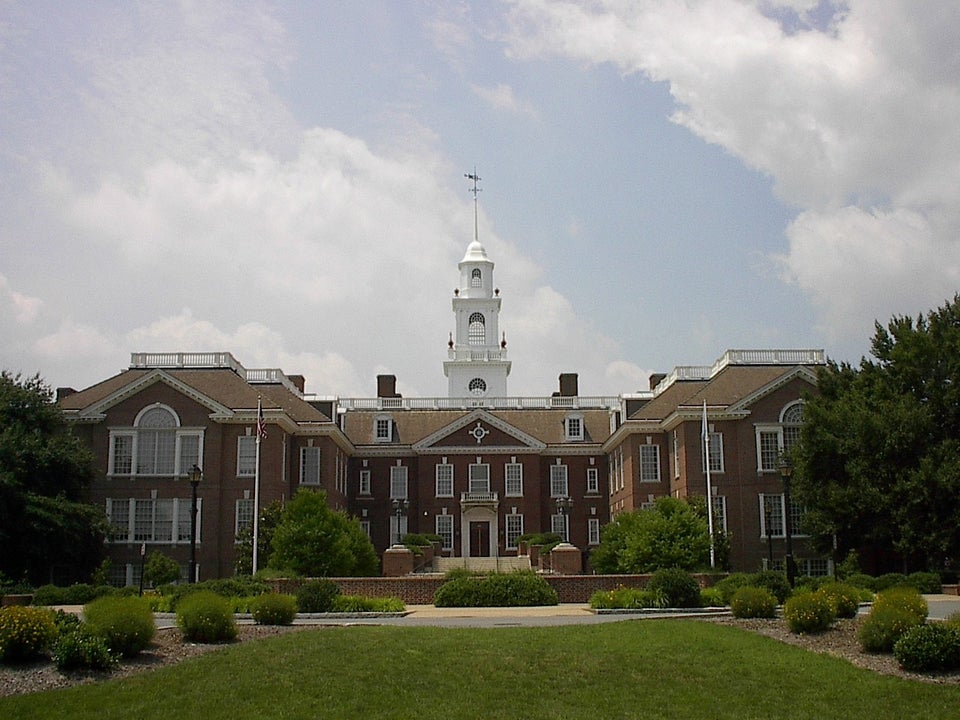My family's mantra is as American as apple pie and baseball: work hard, get an education and you'll succeed. It was clear, prescriptive and a fairly sound philosophy for those without great wealth or powerful connections. Like millions, I did what I was told.
That recipe for success, however, comes with a very expensive price tag. Average tuition at a public, four-year colleges has increased by 28 percent, or twice the rate of inflation, just since the 2007 to 2008 school year. To make matters worse, student aid can barely catch its breath trying to keep up with ballooning college costs. Pell Grants, once seen as the gateway to the American dream for aspiring graduates from low-income families, now cover a third of the cost of college.
It is time for our generation to mobilize state by state to change this.
Even with student aid, many new graduates start out in the red. I know -- I was, and still am, one of them. Thanks to the interest accumulating on loans, many students pay more for their college education than those who could cut a check outright. While graduates could be saving money to buy a house, or even to start a college fund for their future children, any extra income is sucked up by student debt.
Young people are then left with an impossible choice to make. Usually at the ripe age of 18, we must divine our financial future. We either take on massive amounts of debt to obtain said education and hope to repay it in the future, or enter the workforce immediately and hope to compete in a job market that in just five years will require some type of higher education for 65 percent of jobs. Without a crystal ball, the decision involves great economic risk.
It's frustrating, especially when faced with rhetoric that accuses young people of being financially irresponsible or even lazy. No one wants to shirk their repayment responsibility -- we took on this debt and we understand we have to meet the obligation to pay it back. But we assumed massive amounts of student debt because for many of us, it is the only way to afford higher education today. The cost of college is just too darn high.
It wasn't always like this, and it shouldn't have to be now. That's why today's college students are fighting back against sky-rocketing college costs. Even before they see their first student loan bill, students are organizing on campus and lobbying their state legislatures to reverse the rising tide of college tuition.
Years ago, public colleges were such a good deal for students because states, deeming an educated workforce as a public good, picked up a big part of the tab. Graduates repaid the debt by earning more money, paying more taxes, buying homes and starting businesses.
That deal has largely disappeared. Forty-seven states now spend less per student than before the Great Recession. Students aren't just paying more for college in actual dollar amounts, they're also paying for a larger share of the cost than state governments -- the highest portion in the history of the United States.
Much attention has rightly been paid to reforming student loans, such as making sure borrowers can refinance high-interest loans and expanding income-based payment options. These programs, though they would help millions of struggling borrowers, aren't a tourniquet, but only a bandage on a 1.2 trillion dollar student debt crisis.
If we're serious about using higher education as a tool to pull people into the middle class and the American Dream, the upfront cost of college must decrease. Saddling millions of low-income students with massive debt in order to break out of poverty just doesn't make economic sense. When young people can't land on their feet financially, everyone hurts. Last year, young adult unemployment cost taxpayers $25 billion.
Until lawmakers tip the balance of state investment back in the favor of students, students themselves will take up the banner to fight for affordable college.

